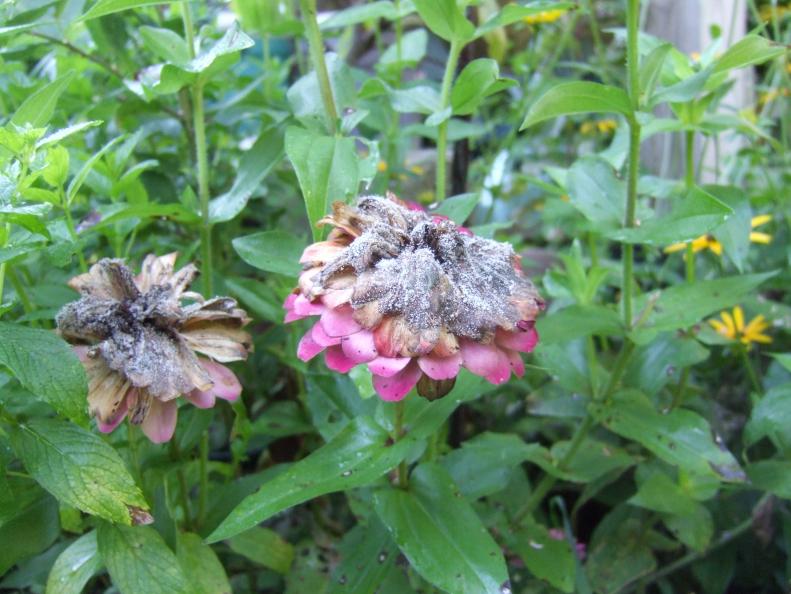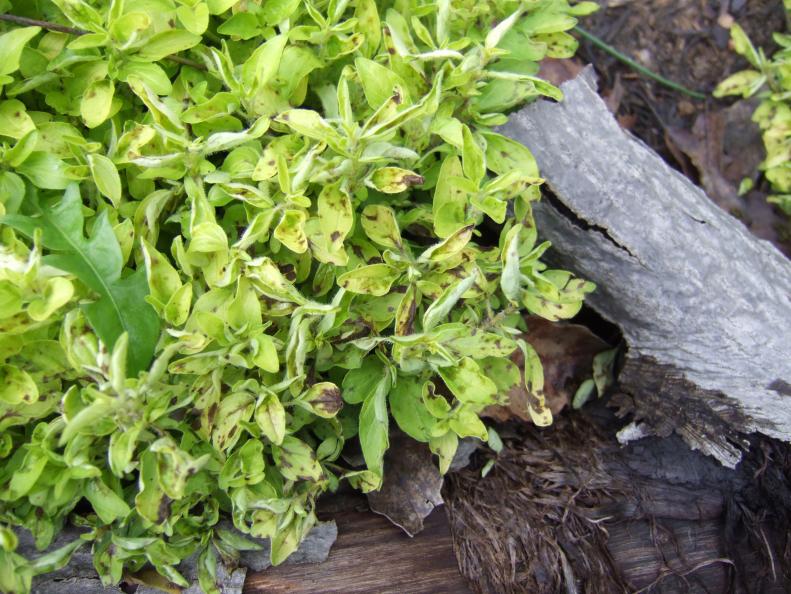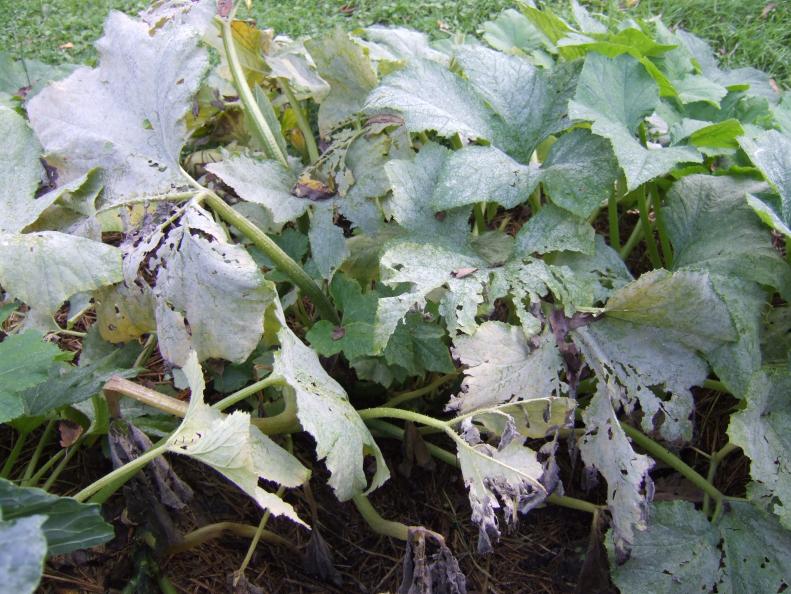1 / 15
Photo: Julie Martens Forney
Gray Mold
Mold in the garden is a common sight, especially during extended bouts of rainy, cool weather or high humidity. High moisture levels help mold to grow and spread. In botanical circles, mold that forms on dying flowers or leaves is known as botrytis or gray mold. Botrytis spores are present in soil and frequently already on plants that you buy. It lies dormant until conditions are right for it to blossom and spread. The best prevention is to remove dead or dying leaves, flowers and fruit, and to mulch soil so that rain can’t splash spores onto plants. Flowers that often get botrytis include zinnia, peony, geranium — plants with blossoms that are full and packed with petals.









